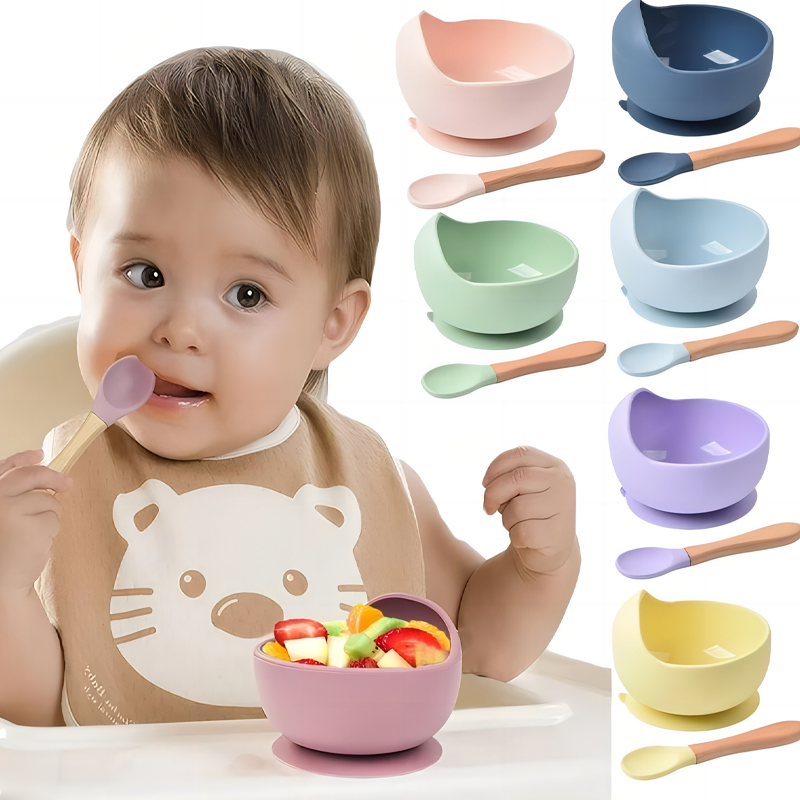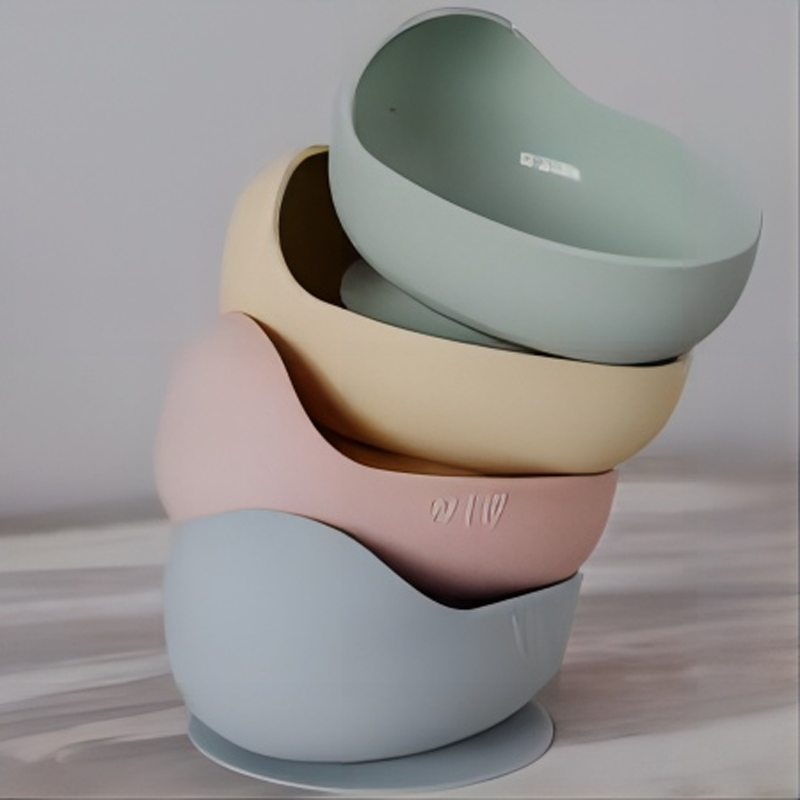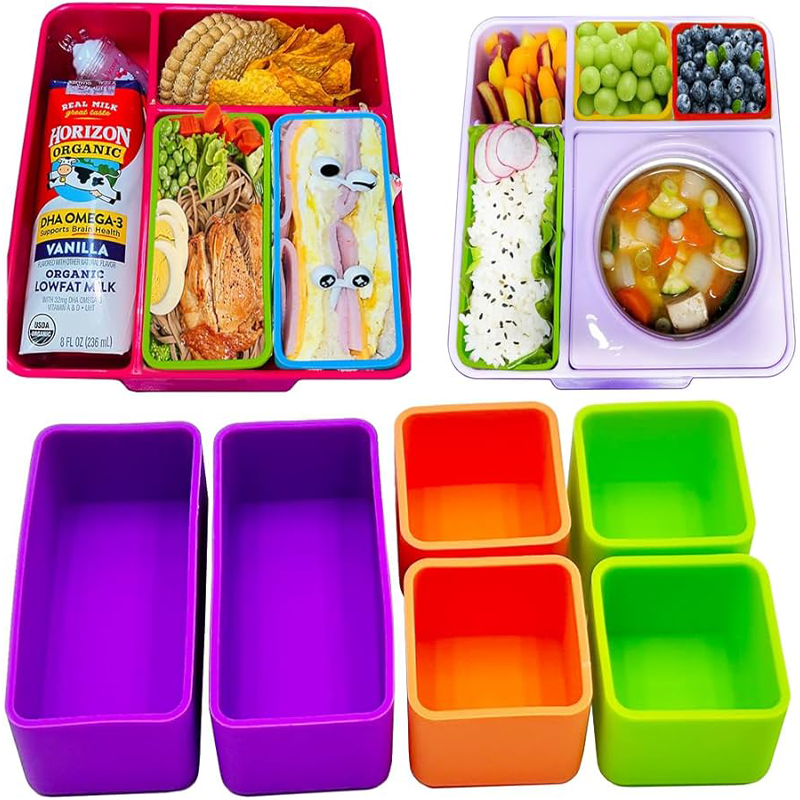Hello, and welcome to Silfusion. When I first encountered silicone cookware, I approached it with a degree of skepticism regarding its effectiveness. At that time, I was heavily into baking, and the constant reliance on disposable cupcake liners and endless sheets of parchment paper was proving to be quite inconvenient. Additionally, I wanted to avoid the potential health risks associated with non-stick aluminum bakeware and had not yet explored cast iron alternatives.
Silicone muffin pans and cake molds seemed like a promising option, yet I still harbored doubts about their safety. Before we delve into the benefits and drawbacks of silicone kitchenware, let’s first understand what silicone is.
Understanding Silicone Cookware
Silicone is a synthetic polymer made primarily from silicon, oxygen, and, at times, carbon. While silicon is naturally found in abundant sources like sand and rocks, silicone bakeware may also include other additives.
Typically, silicone cookware is designed to withstand high temperatures, is freezer-safe, and can be used in ovens up to 428 degrees Fahrenheit (220 degrees Celsius). However, it is important to note that silicone should not be placed in dishwashers, and since it is non-biodegradable and currently not recyclable, it raises environmental concerns.
Proper maintenance is vital for silicone cookware. It is essential to thoroughly dry it before storage to avoid issues such as degradation, staining, or stickiness. I have faced these challenges with silicone cake pans, prompting me to handle and store them with more care, which has often resulted in infrequent use and contemplation of donating them.
![]()
Despite my critical view of silicone bakeware, it does present several advantages that warrant further discussion.
Benefits of Silicone Cookware
Silicone kitchenware offers distinct advantages over traditional non-stick bakeware, such as muffin pans and cake molds. Unlike disposable paper options, silicone is reusable, making it environmentally friendly and cost-effective over time. Its inherent non-stick properties enable low-fat or oil-free cooking without the need for additional greasing. High-quality food-grade silicone is designed to be inert, ensuring it does not alter the flavor of food, react with ingredients, or emit unpleasant odors or harmful fumes during use.
Overall, silicone cookware is recognized for its durability, ease of cleaning, and safety, positioning it as an appealing choice for various culinary applications.
Silicone Cookware for Kids
Silicone kitchenware also has unique benefits for children, combining functionality with aesthetic appeal. Its vibrant colors and playful shapes can engage children more effectively than traditional bakeware. Furthermore, silicone’s lightweight nature enhances portability, making it easier to handle compared to heavier materials like cast iron or ceramic.
If you’re new to silicone kitchenware, it may seem unconventional at first. However, you can be assured that high-quality silicone products are both safe and durable for daily use.

Exceptional Heat Resistance and Durability
A standout feature of silicone cookware is its remarkable heat resistance. Silicone bakeware can endure temperatures up to approximately 428°F (220°C), making it suitable for a broad range of cooking and baking tasks. This high heat tolerance ensures that silicone molds and pans retain their shape and structural integrity, even under intense oven conditions. Unlike some traditional materials, silicone does not warp or crack, contributing to its longevity.
Non-Stick Properties and Ease of Maintenance
The non-stick nature of silicone is particularly beneficial for cooking and baking. The smooth, flexible surface prevents food from adhering, eliminating the need for additional greasing or sprays. This characteristic not only simplifies the cooking process but also facilitates effortless cleanup. While silicone cookware is typically dishwasher-safe, hand washing is recommended to extend its lifespan. Its non-porous design prevents the retention of food odors and stains, ensuring hygiene over time.
![]()
Flexibility and Versatility
Silicone’s inherent flexibility is another key advantage. Silicone bakeware can be easily bent, folded, or twisted without compromising its shape. This flexibility allows for easy removal of baked goods, such as muffins or cakes, without damage. Additionally, silicone kitchenware comes in various shapes and sizes, catering to diverse culinary needs, from baking mats to spatulas.
Safety and Compatibility with Food
High-quality food-grade silicone is crafted to be safe for culinary use. It does not leach harmful chemicals or react with food, ensuring a safe cooking and baking experience. Manufacturers often emphasize that silicone kitchenware does not impart any flavors or odors, preserving the purity of the culinary experience. Moreover, silicone products are free from BPA, phthalates, and other potentially harmful substances, further enhancing their safety.

Environmental Considerations
While silicone has many benefits, its environmental impact should not be overlooked. Unlike biodegradable materials, silicone does not break down naturally and can contribute to waste if not properly recycled. However, its durability and reusability give it a longer lifespan compared to single-use items, which may help reduce overall waste. Proper care and responsible recycling can mitigate some environmental concerns associated with silicone use.
In conclusion, silicone’s application in cooking equipment offers numerous benefits, including heat resistance, non-stick properties, and flexibility. Its safety and versatility make it a popular choice in contemporary kitchens, although awareness of its environmental impact is also important. If you have questions or are interested in exploring silicone cooking products, feel free to reach out to us anytime.



